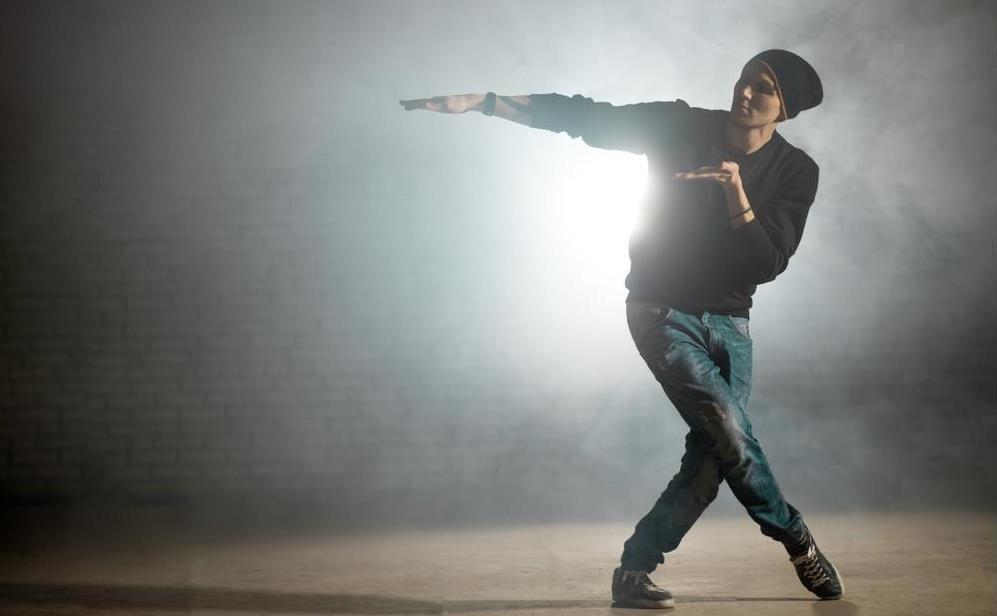As the restrictions took hold in March and I made the frantic switch to teaching my subjects online, I was confounded by the magnitude of this unexpected challenge: how to impart complex somatic body practice to students without being in the room with them? Take away warm bodies and physical space – and what is left? How can I shift my pedagogy and frameworks to meet this paradigm shift?
In a movement class, students absorb information through their senses: sight, touch, smell, taste, hearing and through kinesthetic awareness, not only of one’s own body but with each other, the architecture, the aural space and air molecules that we share. We learn with repetition and through concentrated time frames. Through these layers we slowly become permeated and as a result, we re-organise and re-perceive our physical selves. Therefore, what happens when we cannot touch, exchange and share real space? How do we become permeated through a video-chat flat screen with a dozen or so pixelated faces peering at each other?
Contagious Bodies
Removing the immediacy of face-to-face teaching changes the way we perceive time. Online time is a burdensome beast – there’s a lag. Cognition is slower and there is very little contagion, which is good for stopping the spread of COVID-19 but not so good for the transference of human cells and breath intermingling, co-existing and dancing together. An excitable contagion of ideas, of surreptitiously ‘stealing’ movement from another, transfiguring it in one’s own body, only for someone else to ‘catch’ it and morph it into their own expression.
It’s fairly straight forward to teach an exercise class via pre-recorded video (such as my stretch and exercise videos) but it’s quite another to teach an exploratory movement process where students receive information through multiple in points; such as playing games, improvisations, watching and copying others, extended periods of time to focus solely on one activity interspersed with vocal coaching (‘see’ your skeleton and explore moving from your bones) in order to deepen awareness.
My whole teaching practice is predicated on students thinking less and doing more, with a strong emphasis on the art of listening and tuning into their bodies. I am no scientist, only a practitioner with more than 20 years of lived experience, but I think the body processes and learns so much faster than the brain.
Pixel Drain
Through rapid paced trial and error these past weeks I’ve discovered many challenges mixed with a few benefits. Video conferencing rapidly drains the concentrated focus required for students to explore their bodies.
For example: an online workshop to explore body language and gestures. Gestures can reveal multiple meanings for a character (hold, carry, expand, contract, hide, reveal, speed up, slow down, notice your eye focus for this communicates something in relation to the gesture. Hold it! Don’t drop the energy. Be playful. Be surreal. Turn it into a contemporary dance sequence).
The students do their best but it’s often difficult to concentrate in their home environment, with all the issues that can arise; bad internet, interruptions from family members, mobiles chirping with text messages. After attempting a workshop like this, I frantically type my coaching notes, pop them on the online forum for students to practice and produce material during the week. I instruct them to upload a video of their gesture research, I look at it, give feedback, we meet the following week online to discuss the next phase of development. It’s a rather clunky process!
Deep-space Listening
As a silver lining during this remote teaching time, I did discover one thing. A thing for students to get away from staring mindlessly at a screen full of pixels. I made audio files. Guided sensorial journeys for the body and mind, such as how to embody a character from the inside out, or an hour session deeply exploring the joints, muscles, bones and nerves. These audio journeys prescribe time frames, which are essential for deepening physical sensitivity. Towards the end, the instructions lead them to exploring images and other materials, which they can then develop further on their own. I make the audio files in my lounge room, moving my own body to generate energy and then ‘transfer’ this material by speaking into a lapel mic. I then DJ, mixing in some gorgeous sound textures. I hope the soundscape will soften the student, thus bypassing cognition processing and appealing directly to the senses.
The feedback has been positive. Students tell me they could access more subtle sensitivities, and that they discovered whole aspects of their bodies they’d never thought about. Importantly, they noted that this was because no-one was watching. No-one watching is new. In class there is always someone watching, even if only me, the instructor. With only the sound of my voice offering a gentle framework and support, but with no-one watching, it opened up a more intimate inquiry between the self and body.
So much of how we train our actors is ensemble based, which is fundamental. But this pandemic, with its associated self-isolation, has enabled students to become more self-reliant and exploratory. They couldn’t turn to each other so easily for confirmation and exchange and so they had to meet themselves on their own terms, much like a writer or a painter who mostly work solo. It showed in the work my students have produced for their assessments so far, which are unique, innovative, funny and surprising.
Therefore, the silver lining is more than a lining. These strange, challenging and unpredictable days have brought the independent, resilient artist to the foreground. If one can face this challenge and truly realise one’s own agency, then this can build deep confidence for the emerging actor.





